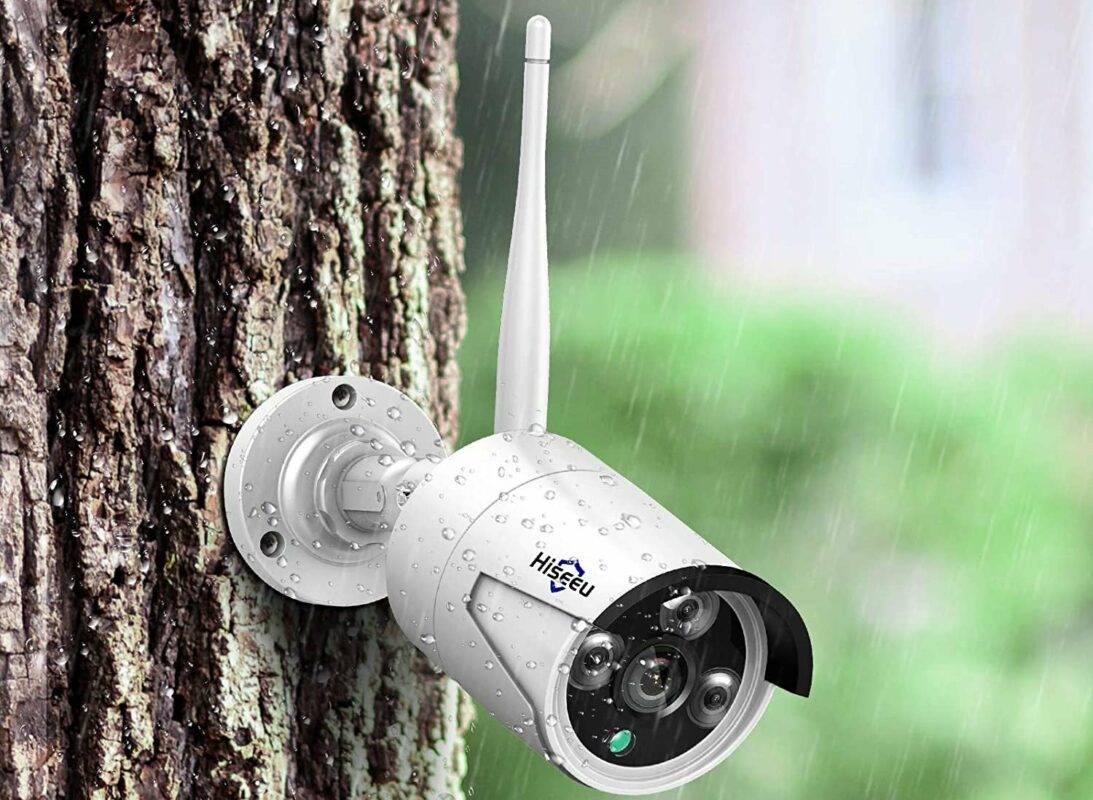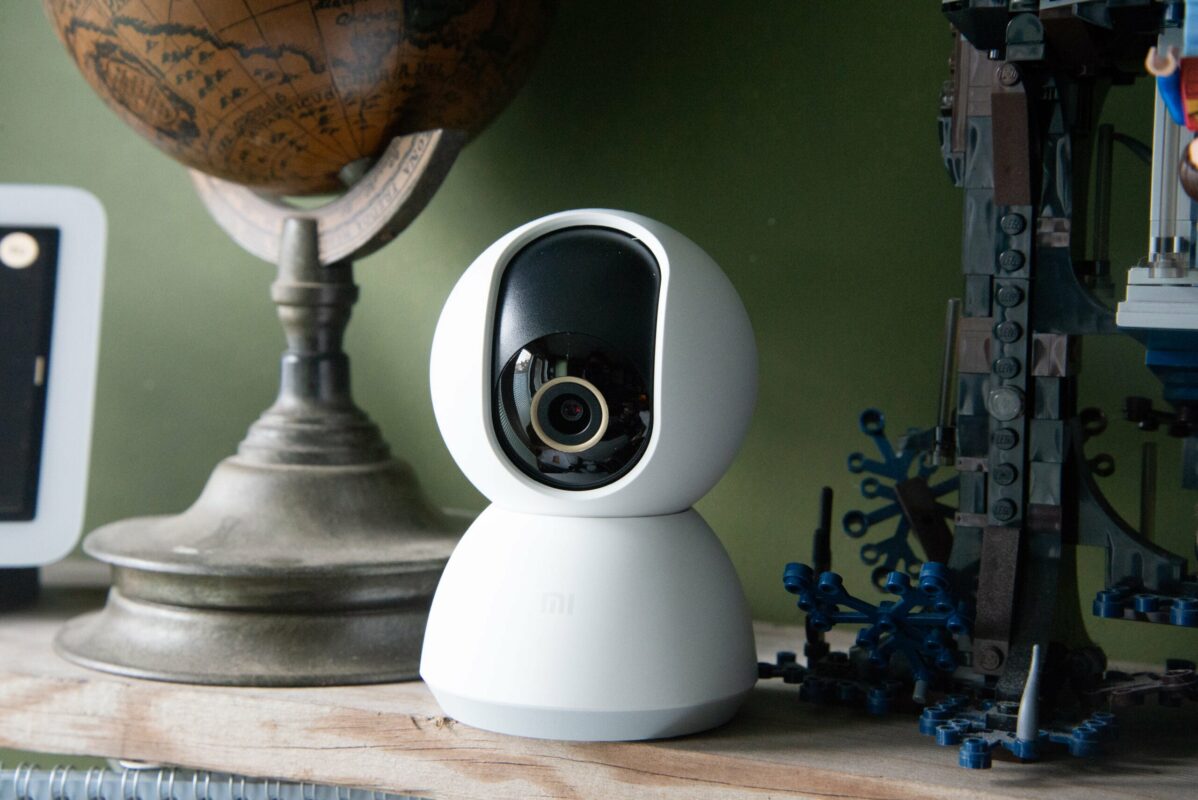Types of surveillance cameras and benefits of installing them in your business
In the security sector, new advances emerge every day to improve the user experience. These advances, which are related to technological progress, are reflected in the improvements in the different types of surveillance cameras that are used to cover the protection needs of a company.
There is a wide range of video surveillance devices on the market, which are not all the same or have the same functionalities. That is why it is necessary to take into account the characteristics, properties, and needs of a business in order to choose the optimal surveillance camera.
types of surveillance cameras
Currently, the use of IP cameras is more widespread, since they are wireless devices that work through Wi-Fi. However, there are times when the user prefers to resort to an analog surveillance camera, even though they need a wired installation to send the data to a control center. As we say, it is a matter of needs.
By type of security cameras, there are:
- Dome: they are cameras that are installed mainly on the interior ceiling, although in some cases we can find them outdoors. Among its characteristics are its small size and wide decision-making capabilities. They can be distinguished between:
- Conventional: Your vision is unidirectional and has a hemispherical appearance.
- PTZ: This allows you to zoom horizontally up to 360 degrees and 180 degrees vertically. Optimal if it is necessary to capture details and have the capacity for movement in the camera.
- 360-degree vision: these devices allow capturing the image of the entire room where they are installed through a single plane. Similar to the so-called “fisheye”.
- Box: These types of cameras are suitable for indoors, but can also be installed using a housing outdoors. They look like a “drawer”, but their presentation can vary depending on whether it is for a business or a home. They come with a basic lens, but depending on the configuration it is possible to customize their ability to capture images.
- Bullet: they are the most used devices in the protection of outdoor spaces since they can be installed on the walls. They have an elongated and tubular shape, and thanks to their manufacturing materials, they are more resistant to adverse weather conditions. Among its features is usually the infrared LED lighting that is activated automatically offering a clear image in total darkness.
In addition, they can incorporate different technologies such as the use of open-platform cameras. Today there are multiple options in this regard such as video analytics, infrared for night vision, artificial intelligence, the generation of heat maps (very useful not only for security but also for people counting in the business), or temperature measurement.
Benefits of cameras for your business
A surveillance camera system provides security in your business as it not only serves to deter theft or attacks but also serves as evidence in the event that these threats occur. If, for example, a robbery occurs, through these systems you will be able to detect it beforehand and be able to notify the Security Forces and Bodies. Subsequently, the images of the recordings can be provided as probative evidence when defending the companies.
On the other hand, new surveillance cameras and CCTVThey generally allow their connection to the Internet, so that the images can be consulted through any connected device.
Tips when choosing a camera
When choosing a camera surveillance system it is convenient to determine:
- The first piece of advice is to resort to professional advice because it can be difficult for a person to get to touch all these sections.
- Analyze what are the risks that your business has to determine what type of camera and technology you need.
- Locate the access points to the business to define where the main weaknesses of the premises are.
- Determine the system will be used only to prevent intrusions or for personnel access control.
- Identify the conditions that can affect surveillance, such as the size of the place, atmospheric aspects, light level, risk of vandalism, blind spots, recording distance, etc.
- Determine the type of system and with what quality of resolution it is going to be used since it will be related to the available budget.












